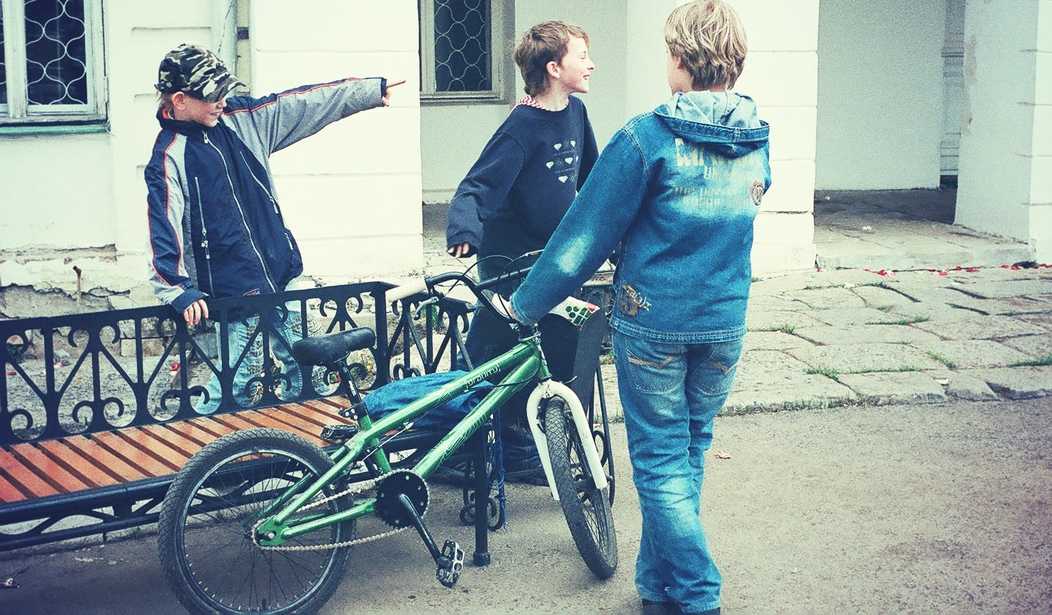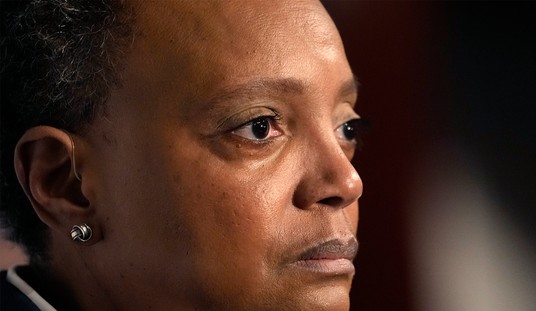The world is a dangerous place, particularly for kids. As parents, we try to keep our children safe from harm, in part because we wouldn’t be able to deal with something terrible happening to our precious gifts.
However, our desire to keep our kids safe may have gone too far.
Evidence of that can be found in a post at The Art of Manliness, where they list 23 dangerous things that parents should let their kids do. It’s a list of things many of us did growing up that now are considered borderline neglect by many so-called parenting experts. It also includes ways to introduce your child to these activities that will mitigate the dangers.
Even though the modern world isn’t any more dangerous than it was thirty or forty years ago, it feels like a more perilous place. Or, more accurately, we inhabit the world today in a way that’s much more risk averse; for a variety of very interesting and nuanced reasons, our tolerance for risk, especially concerning our children’s safety, has steadily declined.
So we remove jungle gyms from playgrounds, ban football at recess, prohibit knives (even the butter variety) at school, and would rather have our kids playing with an iPad than rummaging through the garage or roaming around the neighborhood.
Unfortunately, as we discussed in-depth earlier this year, when you control for one set of risks, another simply arises in its place. In this case, in trying to prevent some bruises and broken bones, we also inhibit our children’s development of autonomy, competence, confidence, and resilience. In pulling them back from firsthand experiences, from handling tangible materials and demonstrating concrete efficacy, we ensconce them in a life of abstraction rather than action. By insisting on doing everything ourselves, because we can do things better and more safely, we deprive kids of the chance to make and test observations, to experiment and tinker, to fail and bounce back. In treating everything like a major risk, we prevent kids from learning how to judge the truly dangerous, from the simply unfamiliar.
The list includes things like “play with fireworks” and “cook a meal” as well as old staples like walking to school, climbing a tree, and roughhousing.
The thing is, there’s a deeper point to be considered.
Once upon a time, children learned how to negotiate the dangerous world by being introduced to it more and more as they matured until, by the time they were adults, they understood how to be safe on their own in almost any situation.
Growing up, there were kids who were prevented from engaging in any and all potential danger in my neighborhood. We felt pity for those kids because they could never go anywhere or do anything. Then, when they grew up and went out on their own, they were completely clueless about how the world worked. They were lost.
So we need to teach our kids how to be safe in a manner that doesn’t require complete avoidance. If you never take a risk, you miss out on a lot of great opportunities. Who would want that for their kids?









Join the conversation as a VIP Member